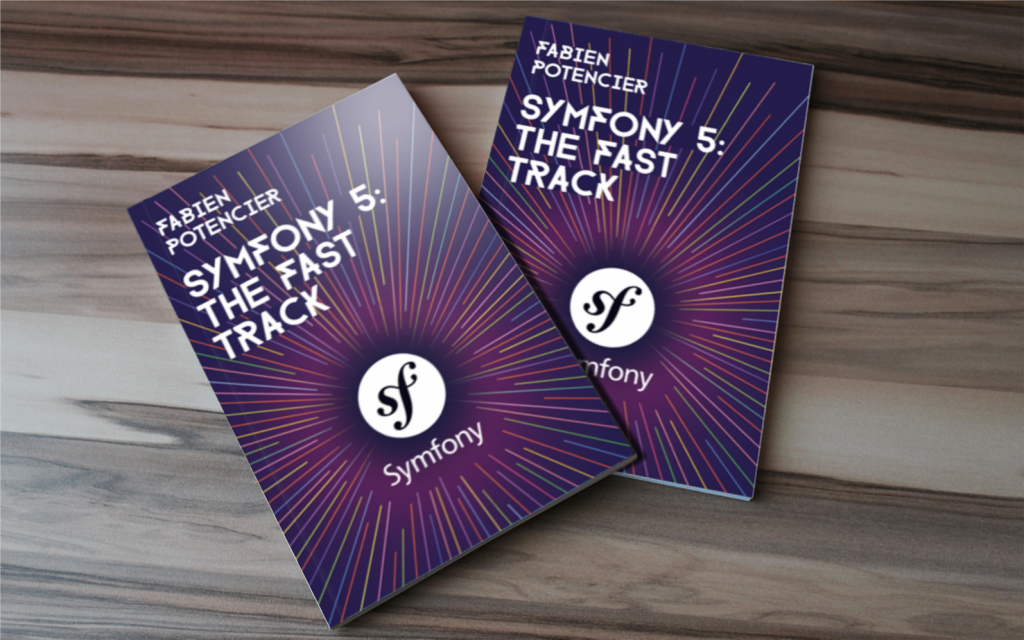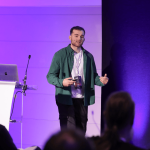How to migrate to a new version of Symfony while taking into account business demands and budget constraints? Ludovic, Claire and Wissem from Smile and SensioLabs answered this question during a joint webinar on progressive migration on June 9th, gathering more than a hundred people.
For several years now, Symfony has been the preferred framework for developers in their web and application projects in PHP. Since its debut in 2005, Symfony has acquired many new features while keeping its initial ambition to simplify the developers’ life. We are currently at version 5 of Symfony, which was released in November 2019 at the . Symfony has implemented a very convenient version management system with a new version every two years, minor intermediate versions to make it easier to switch from one version to the other and Long-Term Support (LTS) versions that stay up to date for about four years.

At the beginning of 2019, the creator of Symfony, SensioLabs, became closer to Smile. Sensiolabs and Smile both share a passion for open source, which naturally led them to work together. Smile was already part of SensioLabs’ partner network and had several certified developers on Symfony. SensioLabs’ unrivalled expertise on Symfony is supplemented with Smile’s ability to respond to open source projects globally. Smile and SensioLabs have already worked on many projects, including the one presented in this webinar.
For this project, SensioLabs and Smile worked on redesigning the ergonomics and user experience of a large international construction group applications. The technologies used for the existing applications were becoming obsolete and it was necessary to gradually switch to more recent versions. However, with the budget available, the customer chose to focus on the evolutions that were essential for its teams to improve the time-to-market rather than just migrating to the latest version of Symfony.
SensioLabs presented possible approaches for a migration in this context and in particular its recommendation: gradual partial migration, which follows several phases:
- A minimal technical version upgrade.
- A gradual partial migration with limited scope.
- A full migration when the client is ready.

To achieve that, the SensioLabs expert prepares a study of architecture oriented progressive migration with workshops and several validation steps with the customer. As for data migration, it is either partial (same database structure) or total (migration of data and data structure), it is necessary to take into account the technical debt of the double writing which can make migration much more complex.
Have you ever been in the same situation as this client? You need to migrate to a new version of Symfony, but you’re facing the same problems as those presented in the webinar? Contact us to discuss and share your situation, we will be happy to answer and give you more information.




